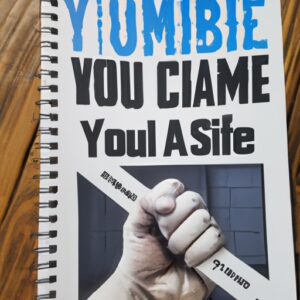Mastering Your Podcast Audio: Tips and Best Practices
Greetings, fellow podcasters! There’s no denying that we live in the age of podcasts. From true crime to sports to news and everything in between, there’s a podcast out there for everyone. But with the ever-growing number of podcasts being produced, it’s important to make sure that yours sounds amazing. In this article, we’ll go over some tips and best practices to help you master your podcast audio.
Invest in Quality Equipment
You wouldn’t expect a musician to play a concert with a cheap guitar, right? The same goes for podcasting. Investing in quality equipment can make all the difference in your audio quality. Start with a good microphone, such as the Shure SM7B or the Audio-Technica AT4053B. And don’t forget about your headphones! A good pair of headphones, like the Beyerdynamic DT 770 Pro or the Sennheiser HD280PRO, can help you hear any unwanted background noise or interference.
Choose the Right Recording Environment
Where you record your podcast can impact its overall sound quality. Try to find a quiet space, free from outside noise or distractions. You can also try using soundproofing materials like foam panels or acoustic blankets to minimize echoes and reverberation.
Learn How to Edit Your Audio
Editing your podcast may seem like a daunting task, but it’s an essential step to ensuring your audio quality is top-notch. Use editing software like Adobe Audition or GarageBand to remove any unwanted noise, adjust levels, and add in music or sound effects.
Don’t Forget About Post-Production
Once your recording and editing are complete, it’s time to move onto post-production. This is where you’ll add music, sound effects, and any other final touches to your podcast. Keep in mind that not all music is royalty-free, so make sure you have the proper licenses or permissions before including any copyrighted material in your podcast.
Practice Makes Perfect
Finally, remember that mastering your podcast audio is a process that takes time and practice. Listen to your recordings and take note of what works and what doesn’t. Keep your audience in mind and make sure your audio quality is tailored to them.
Now you’re armed with some tips and best practices to help you master your podcast audio. But don’t forget, the most important thing is to have fun and enjoy the process. Happy podcasting!






